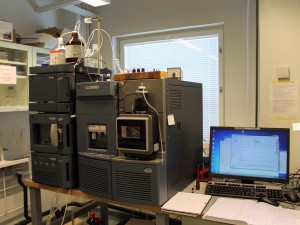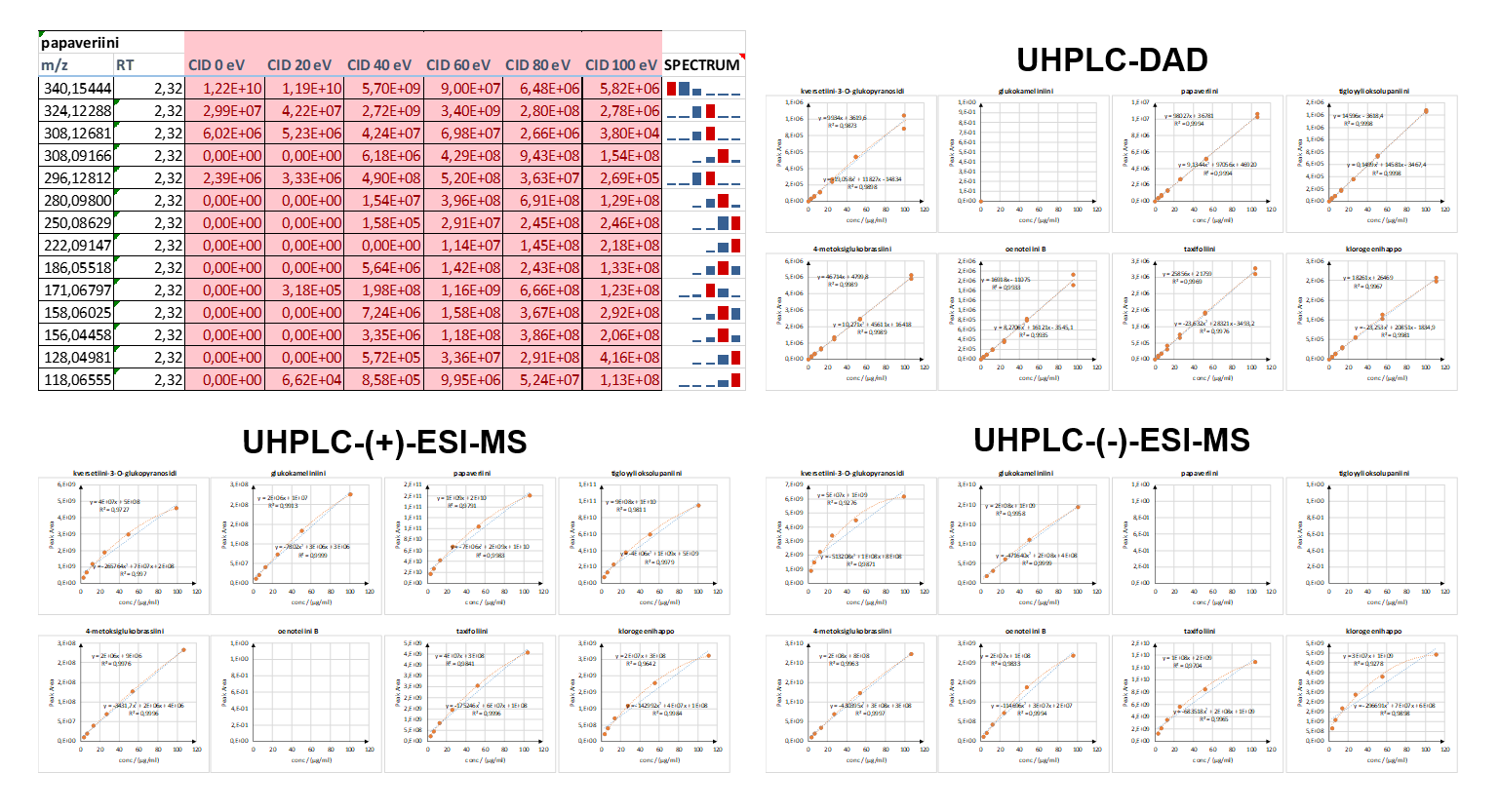This step in the analysis organic metabolites may look simple, but the more simple methods you utilize the less accurate are the results. On the other hand, accurate methods must be mastered perfectly or the results could be even worse than with the simple methods.
 After compound identification the next typical step is its quantitation from the original compound mixture. There are multiple methods available for this purpose, but most of them suffer from being only able to estimate the concentration of the individual metabolite. For this reason, before choosing the method for quantitation, one must know what one is trying to achieve.
After compound identification the next typical step is its quantitation from the original compound mixture. There are multiple methods available for this purpose, but most of them suffer from being only able to estimate the concentration of the individual metabolite. For this reason, before choosing the method for quantitation, one must know what one is trying to achieve.
We have a range of methods for quantifying different types of metabolites from mixtures of organic compounds. In addition to the traditional methods that are able to estimate e.g. total polyphenol concentrations we more typically utilize accurate methods such ultrahigh performance liquid chromatography attached to a triple quadrupole mass spectrometer (UPLC-QQQ-MS/MS). By fully compound-specific multiple reaction monitoring (MRM) methods and by authentic standards often purified by us, we are able to pursue as close to true concentrations of metabolites in the mixture as possible.
Currently our quantitative platform includes three different types of UHPLC instruments and each of them can be optimized for multiple different types of quantitative efforts that differ in the uniqueness, selectivity and sensitivity. Below you can see three examples of calibration curve optimizations for UHPLC-DAD and UHPLC-QExactive Orbitrap MS/MS (negative and positive ionisation).

If we want to reflect the compound concentration found in the mixture into its content in a living plant, insect or micro-organism, we of course realize that we must also master the isolation of the compound without transformation or alteration in its original content. Only too often, this step is not optimized and thus even the best efforts for quantitation can result into incorrect results. True quantitative analysis often is more challenging than generally thought, and if this is not understood, then the results can also be less meaningful.
